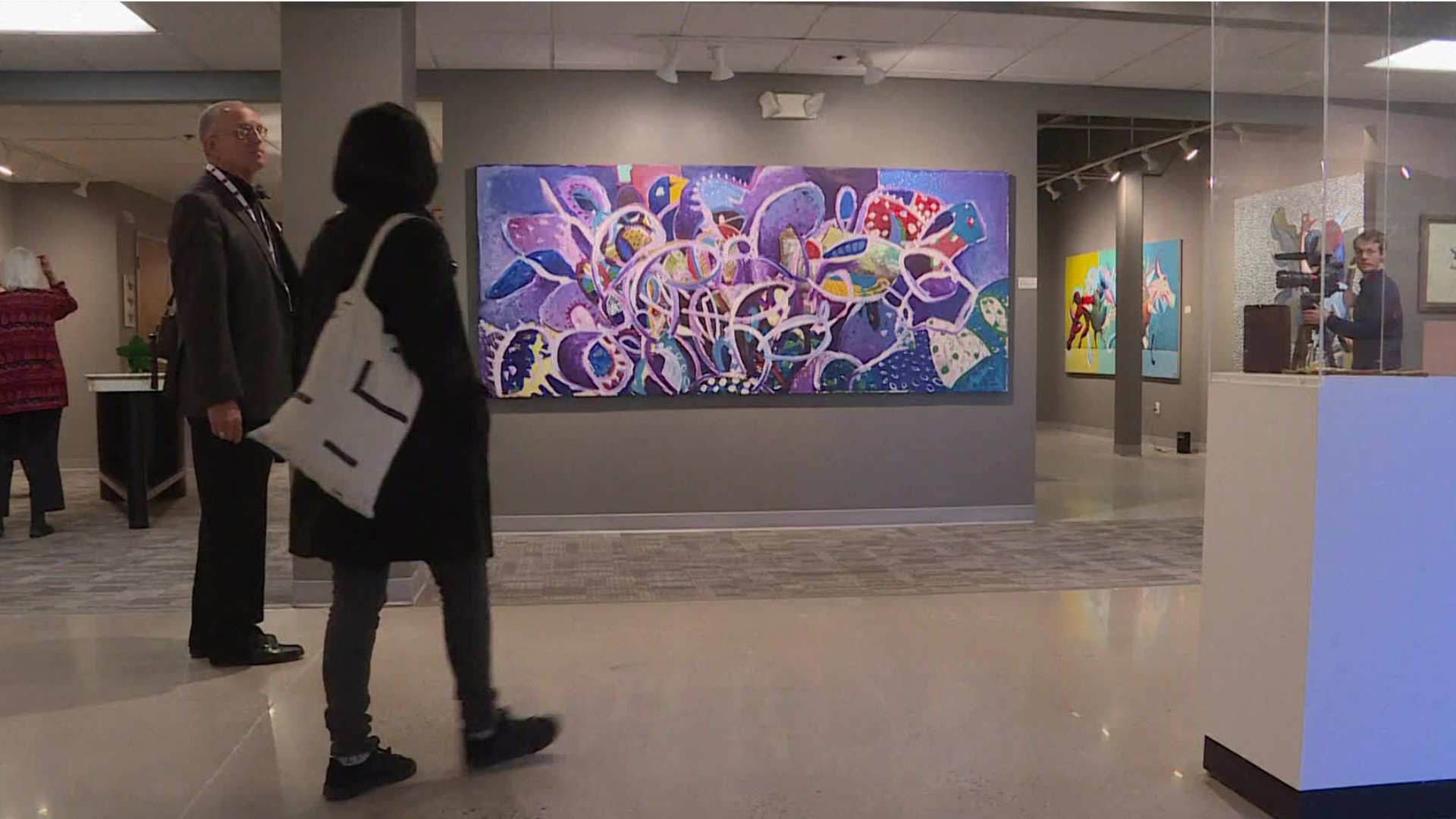Museum Technicians & Conservators
Conservator, Objects Conservator, Paintings Conservator, Preparator
 Select a military branch to see samples.
Select a military branch to see samples.
Historian; Historian Apprentice; Historian Craftsman; Historian Helper; Historian Journeyman; Historian Superintendent
No similar titles were found.
No similar titles were found.
Historian
Historical Officer
No similar titles were found.
What they do:
Restore, maintain, or prepare objects in museum collections for storage, research, or exhibit. May work with specimens such as fossils, skeletal parts, or botanicals; or artifacts, textiles, or art. May identify and record objects or install and arrange them in exhibits. Includes book or document conservators.
On the job, you would:
- Install, arrange, assemble, and prepare artifacts for exhibition, ensuring the artifacts' safety, reporting their status and condition, and identifying and correcting any problems with the set up.
- Repair, restore, and reassemble artifacts, designing and fabricating missing or broken parts, to restore them to their original appearance and prevent deterioration.
- Clean objects, such as paper, textiles, wood, metal, glass, rock, pottery, and furniture, using cleansers, solvents, soap solutions, and polishes.
Knowledge
Arts and Humanities
- music, dance, visual arts, drama, or sculpture
- English language
Safety and Government
- public safety and security
Business
- management
Math and Science
- chemistry
Skills
Basic Skills
- listening to others, not interrupting, and asking good questions
- reading work related information
Problem Solving
- noticing a problem and figuring out the best way to solve it
Abilities
Verbal
- communicate by speaking
- listen and understand what people say
Ideas and Logic
- order or arrange things
- create new and original ideas
Hand and Finger Use
- keep your arm or hand steady
- put together small parts with your fingers
Personality
People interested in this work like activities that include practical, hands-on problems and solutions.
They do well at jobs that need:
- Cautiousness
- Integrity
- Attention to Detail
- Dependability
- Intellectual Curiosity
- Cooperation
Technology
You might use software like this on the job:
Graphics or photo imaging software
- Adobe Creative Cloud software
- Adobe Illustrator
Presentation software
- Microsoft PowerPoint
Data base user interface and query software
- Gallery Systems EmbARK
- Questor Systems QScan32
Education
Education: (rated 4 of 5)
master's degree or
bachelor's degree
usually needed
bachelor's degree
usually needed
Get started on your career:
Find Training
Apprenticeship.gov
Job Outlook
Bright
New job opportunities are very likely in the future.
Explore More
You might like a career in one of these industries:
See more details at O*NET OnLine about Museum Technicians & Conservators.





